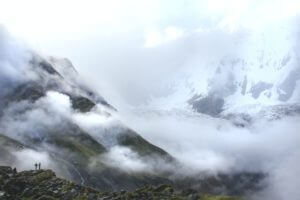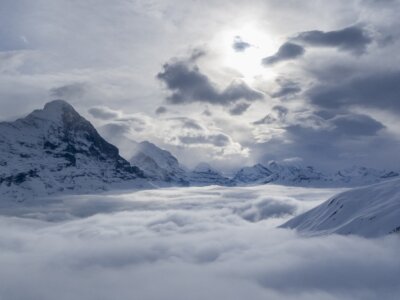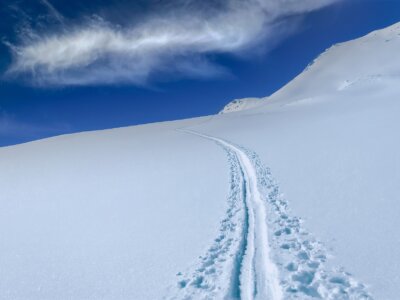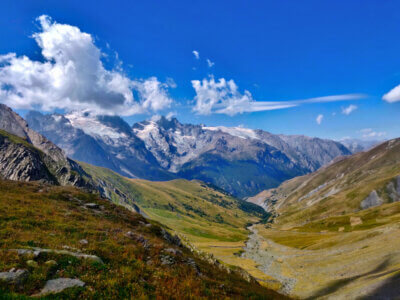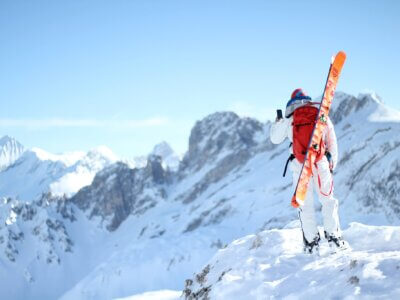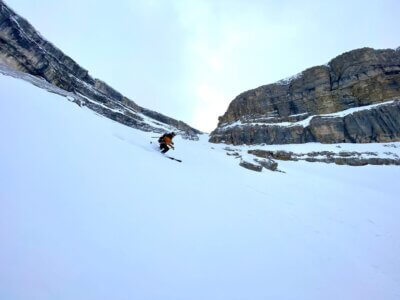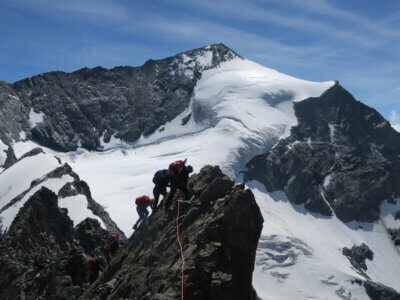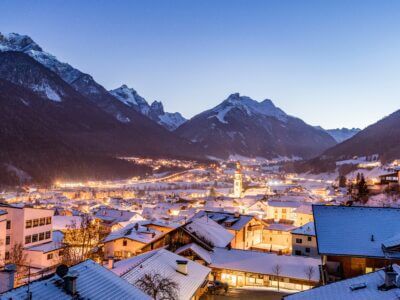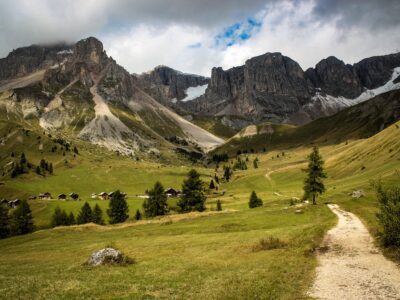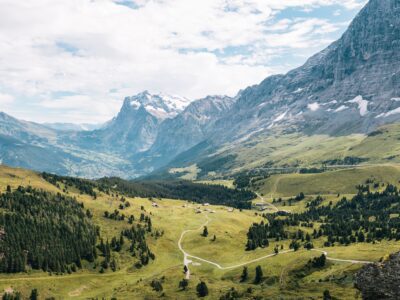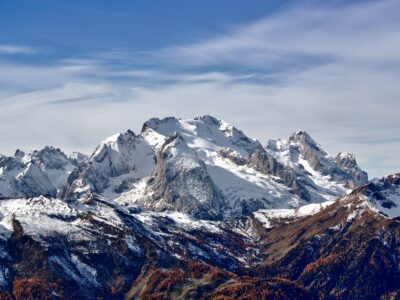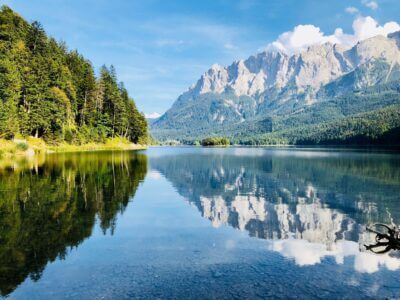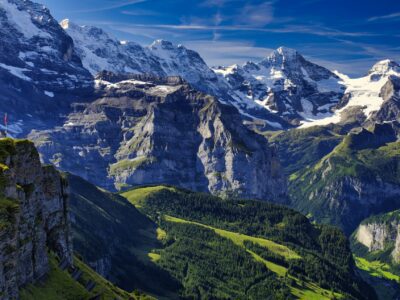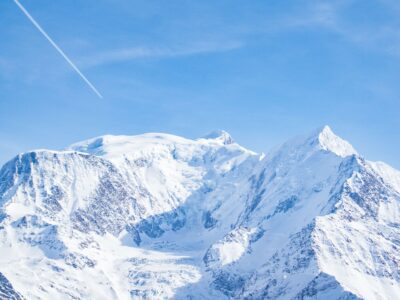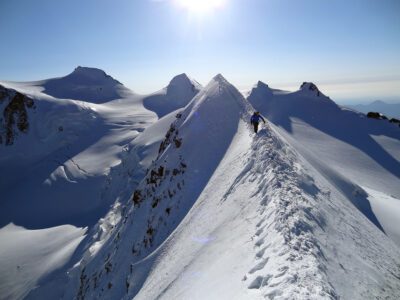The Alps stand as Europe’s most majestic mountain range, stretching over 1,200 kilometers across six countries and offering a stunning tapestry of natural beauty, diverse ecosystems, and rich cultural history. This extensive mountain system is not only a geographical marvel but also a biodiversity hotspot, home to over 4,500 plant species, hundreds of bird species, and numerous mammals, reptiles, and amphibians, many of which are uniquely adapted to the challenging Alpine environment.
Human presence in the Alps dates back to the Paleolithic era, with communities throughout history developing unique cultural identities deeply intertwined with the landscape. These identities are manifested in traditional practices such as farming, cheesemaking, and woodworking, alongside a vibrant tourism industry that draws visitors to the mountains’ rivers, meadows, glaciers, and peaks.
Each region boasts its own distinct charm and attractions. The French Alps are celebrated for Chamonix-Mont Blanc, the range’s highest peak, making it a hub for alpinists. The Swiss Alps are synonymous with the iconic Matterhorn, while the Italian Alps are famed for the Dolomites, a haven for climbers. Austria’s Alps are noted for their architectural marvels like the Festung Hohensalzburg, and the Bavarian Alps in Germany offer exceptional skiing and hiking opportunities. The Julian Alps, extending into Slovenia, are known for the breathtaking Triglav National Park.
The Alps are also home to some of the most renowned mountains in the world, including Mont Blanc, the Matterhorn, Monte Rosa, Jungfrau, and Weisshorn, each with its own story and significance in the mountaineering world. These peaks are not only natural wonders but also symbols of the adventurous spirit that the Alps have inspired for centuries.
However, this magnificent landscape is under threat from climate change, which has led to a 2°C temperature rise over the 20th century, accelerating changes in the environment. The consequences are profound, affecting glaciers, snow cover, permafrost, groundwater resources, and the region’s flora and fauna. Glaciers are retreating, snow lines are rising, permafrost is thawing, and ecosystems are undergoing significant shifts, posing challenges to both biodiversity and human activities.
The Alps’ changing climate serves as a call to action for those who cherish these mountains. The ongoing environmental transformations remind us of the importance of sustainable practices and conservation efforts to preserve the Alps for future generations. The beauty, biodiversity, and cultural richness of the Alps are invaluable, and their preservation depends on the choices we make today.

